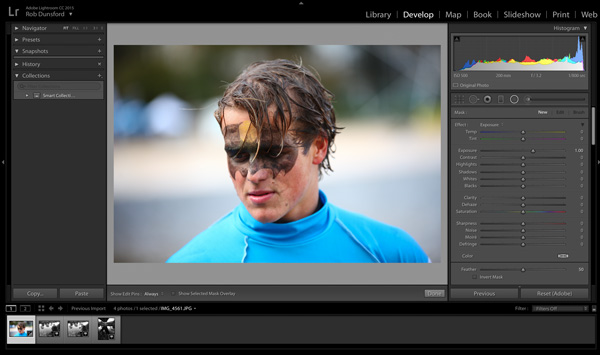From Shoot to Screen: A Guide to Basic Video Editing Principles
The process of creating a compelling video involves much more than just capturing scenes on camera. It’s about transforming raw footage into a coherent and engaging narrative that captivates the audience. This transformation occurs during the video editing process, where the pieces of the cinematic puzzle come together. In this guide, we will explore the fundamental principles of video editing, taking you from the initial shoot to the final screen-ready product.
Understanding the Raw Footage: The first step in video editing is understanding the raw footage you have. This involves reviewing all the clips, understanding the storyline, and identifying the key moments that need to be highlighted. It’s akin to dissecting a story into its essential parts, preparing for the editing magic to begin.
Organizing Your Clips: Effective organization is the backbone of efficient video editing. Before you even start putting clips together, it’s crucial to categorize them. This could be based on scenes, locations, or characters, depending on the nature of your video. Proper organization streamlines the editing process, making it easier to locate specific shots when you need them.
Storyboarding and Sequence Planning: Once your clips are organized, storyboarding comes into play. A storyboard is a visual representation of how your video will unfold. It’s a series of sketches or images that outline each scene, helping you visualize the flow of the video. This step is vital, especially for complex narratives, as it serves as a roadmap for your editing process.
Basic Editing Techniques: When it comes to basic editing, understanding the cut is paramount. A cut is where one clip ends and another begins. The timing of cuts significantly impacts the pacing and rhythm of your video. Learning when to make a cut for dramatic effect or smooth continuity is an art that every editor must master.
Transitions and Effects: Transitions are essential for smooth video flow. Common transitions include cuts, fades, dissolves, and wipes. Each transition style conveys a different mood or sense of time passing. Additionally, basic effects like color grading and basic visual effects can enhance the overall look and feel of your video. However, it’s crucial not to overdo it; subtlety often reigns supreme in the world of video effects.
Audio Editing: Audio is as important as visuals, if not more so, in video editing. Sound effects, music, and dialogue contribute significantly to the emotional impact of a video. Learning how to balance audio elements, synchronize them with the visuals, and use sound creatively can elevate your video to a professional level.
Finalizing the Edit: Once you have assembled your clips, added transitions, and fine-tuned the audio, it’s time for the final review. This stage involves watching the entire video from start to finish, ensuring that the pacing is right, the story makes sense, and there are no glaring errors. It’s also an opportunity to make any last-minute adjustments before the video is ready for its audience.
Exporting and Sharing: After the final edit, the last step is exporting the video into a format suitable for sharing. This could be a high-resolution file for YouTube or a compressed version for social media platforms. Understanding different export settings, resolutions, and formats is crucial to ensure your video looks its best regardless of where it’s being viewed.
In conclusion, from understanding the raw footage to exporting the final edit, video editing is a meticulous process that requires creativity, technical proficiency, and a keen eye for detail. By mastering these basic video editing principles, you can transform your raw footage into a polished, professional video that resonates with your audience, conveying your message or story effectively and engagingly. Remember, practice and continuous learning are key to becoming a proficient video editor, so keep experimenting and refining your skills to create truly remarkable cinematic experiences.



